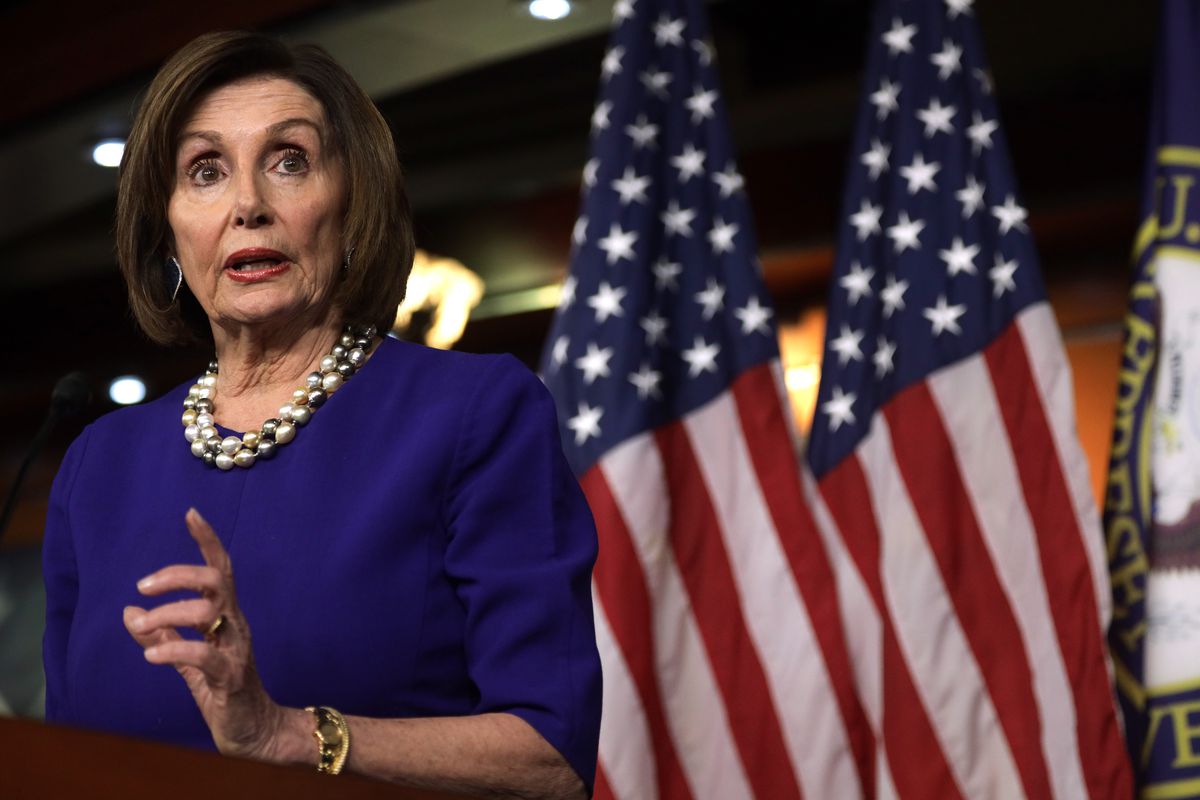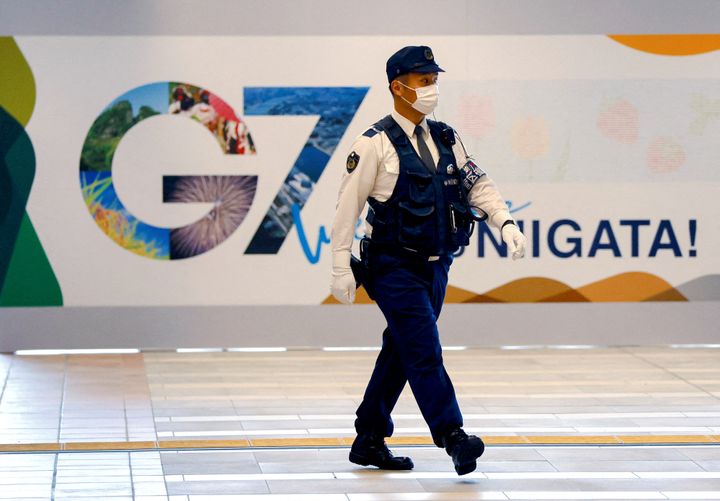Pelosi and Trump battle against viral social media posts

A few minutes every morning is all you need.
Stay up to date on the world's Headlines and Human Stories. It's fun, it's factual, it's fluff-free.
Facebook and Twitter have denied a request from Speaker of the House Nancy Pelosi asking the social media giants to remove a doctored video of herself that was tweeted by President Donald Trump and widely shared among his followers.
The video includes clips from Trump’s State of the Union address interspersed with manipulated footage of Pelosi ripping up his speech.
This weekend, Trump denounced an unflattering photo of himself that quickly went viral. Trump claimed that the photo was a fake, though reports indicate that it is in fact genuine.
What does the Pelosi video show?
Following Trump’s State of the Union address on Tuesday, February 4, 2020, Pelosi was seen on camera ripping up a physical copy of his speech. Pelosi explained afterwards that the speech had been a “manifesto of mistruths,” so ripping it up was the “courteous” thing to do.
Pelosi’s actions caused outrage among Republicans. Following the State of the Union address, the official White House Twitter account tweeted that Pelosi had disrespected the people Trump had mentioned in it by ripping up her copy of the speech.
On February 6, Trump tweeted a video from his personal account in which clips of Pelosi ripping up his speech are interspersed with footage of Trump discussing invited guests, including a military serviceman and a Tuskegee Airman. The five-minute video includes the heading, “Powerful American Stories Ripped to Shreds By Nancy Pelosi."
The Guardian reports Pelosi’s team reached out to both Twitter and Facebook (where Trump had also posted the video) asking for the video to be removed. As Drew Hammill, the spokesperson for Pelosi, explained, they wanted the video removed because it is “designed to mislead and lie to the American people.”
Both companies denied the request, however, citing their policies on posts and stating that the video does not violate them. However, under newly adopted Twitter rules that have yet to take effect, the video could be removed on the grounds that it has been manipulated.
Trump decries photo as “fake news"
Trump had his own social media headache over the weekend when an unflattering photo of him appeared on a White House Twitter account and began circulating. In the photo, a distinct line can be seen around the edges of Trump’s face where his skin is noticeably a different color. Commentators suggested that the coloring appeared to be the result of poorly applied makeup or an artificial tan.
Trump took to Twitter on February 8 to lambast the photo as “Fake News" and “photoshopped."
However, the original photographer disputed the claim that the photo had been manipulated and another photograph posted by Reuters shows a similar stark contrast in skin tone.
Reuters does not allow manipulation in the photos it publishes, stating that “no additions or deletions, no misleading the viewer by manipulation of the tonal and color balance to disguise elements of an image or to change the context" are allowed.
The age of social media misinformation
Both Facebook and Twitter have faced heat for their respective roles in the dissemination of falsehoods and propaganda, specifically during the 2016 election. There have been calls for both companies to work harder to police partisan lies, a call that each company has heeded in different ways.
When reached by the Millennial Source for comment on this story, a Twitter spokesperson referred us to a February 4 post in which they discussed a new policy regarding “synthetic and manipulated media.”
The policy, which takes effect March 5, 2020, would require content, such as the Pelosi video, be marked with a label that indicates it has been misleadingly altered. Some media would be subject to removal if it could “impact public safety or cause serious harm.”
Facebook has previously assured users that they are working to develop better systems — including through the use of artificial intelligence — to identify false news and reject ads from pages that spread lies. However, in a seemingly contradictory stance, Facebook has also said they will not evaluate political ads for falsehoods or take them down.
By contrast, Twitter has banned all political advertising from its site. The policy does not bar politicians from having Twitter accounts, but it does ban them from paying to advertise to users.
Efforts to contain fake news
Both Facebook and Twitter have been working to eliminate some of the worst sources of misinformation from their platforms. In December 2019, Facebook announced it had removed over 900 fake accounts, groups, and pages across Facebook and Instagram.
The accounts were largely used to promote pro-Trump messages.Similarly, in September 2019, Twitter announced on their blog a mass crackdown on accounts that were being used for political manipulation.
Twitter shut down accounts from countries around the globe that were found to be doing everything from pushing a pro-Saudi message to boosting a political party in Spain through the use of spam.
[article_ad]




Comments ()